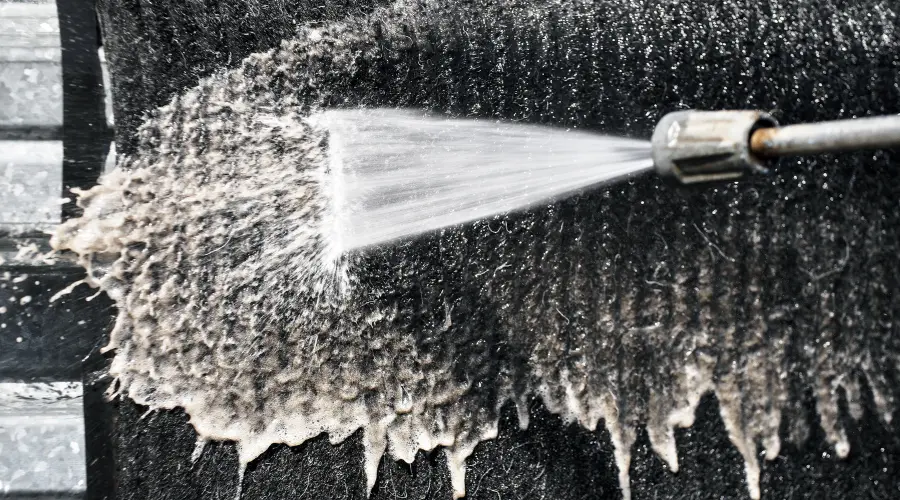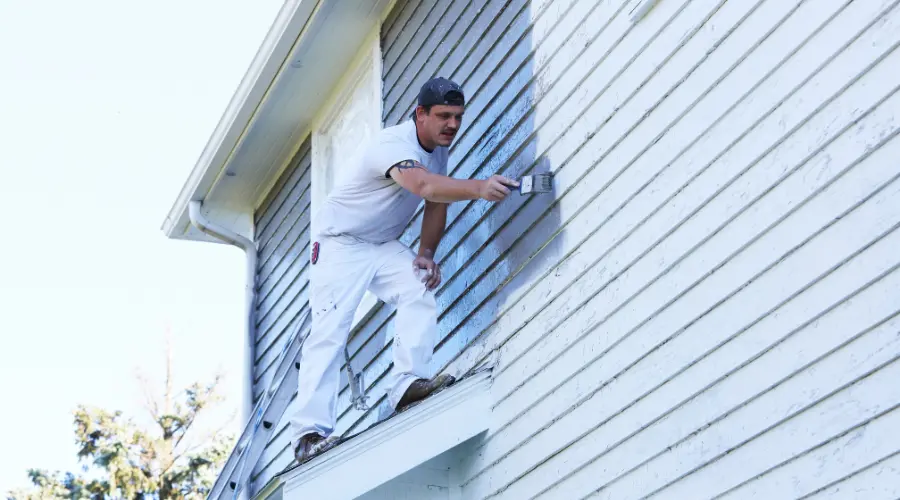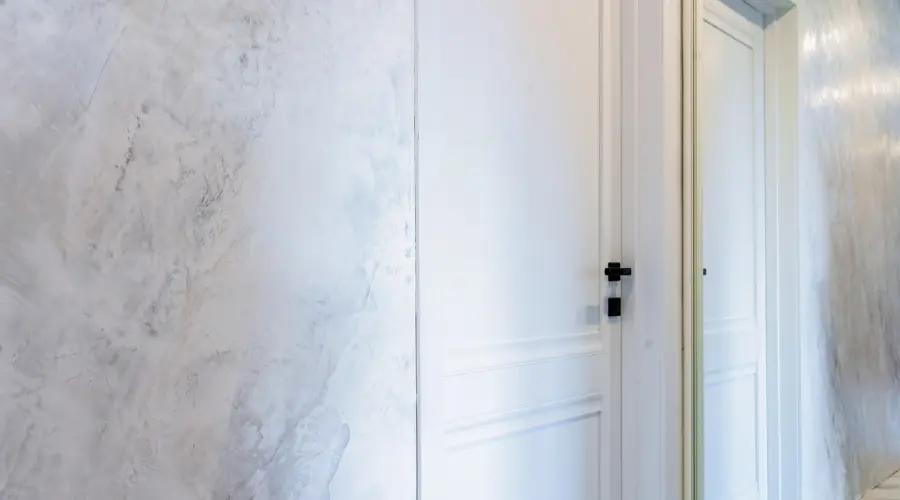In the world of interior design, trends come and go, but some styles make such an impact that they cycle back into vogue. One such trend that is making a notable resurgence is textured wall and ceiling painting. This technique, which adds depth and character to spaces, is again becoming a favourite among homeowners and designers. Let’s delve into the reasons behind this revival, explore emerging trends, and see how technology shapes the future of textured surfaces.
Choose CCT Apex North Carolina House Painting for top-tier professional painting services, proudly serving residents in Apex, NC, and surrounding areas.
The New Trend in Wall Painting
The latest trend in wall painting goes beyond mere colour. It’s about creating surfaces that tell a story through texture. From subtle, sophisticated finishes to bold, dramatic effects, textured wall and ceiling paintings capture the imagination of design enthusiasts everywhere. This trend is about aesthetics and creating a tactile experience that adds warmth and interest to any room.
Are Textured Walls Coming Back in Style?
Absolutely. Textured walls are making a solid comeback. While smooth, minimalist finishes have been popular for years, there’s a growing appreciation for textured surfaces’ unique character and charm. This resurgence is fueled by a desire for more personalized and distinctive home environments. Textured walls offer a way to express individuality and creativity, making each space truly unique.
Why Are Textured Walls Popular?
Textured walls are famous for several compelling reasons:
1. Visual Interest: Texture adds depth and complexity, making walls and ceilings more visually appealing and dynamic.
2. Concealing Imperfections: Textured finishes can hide minor imperfections, offering a polished look without requiring extensive repairs.
3. Acoustic Benefits: Certain textures help absorb sound, enhancing a room’s acoustic quality and reducing noise.
4. Variety: From rustic plaster and Venetian stucco to modern geometric patterns, a wide range of textures suits every style and preference.
5. Personalization: Textured walls allow homeowners to express their individuality and creativity, making each space uniquely theirs.
6. Durability: Textured surfaces often prove more durable than flat ones, with better resistance to wear and tear over time.
7. Trend Revival: The resurgence of retro and vintage aesthetics has brought textured walls back into vogue, aligning with current design trends.
Predictions for Industry Patterns
Looking ahead, a number of things are probably going to influence how textured wall and ceiling finishes:
1. Sustainable Materials: As the emphasis on sustainability grows, eco-friendly and recycled materials will become more prevalent in textured finishes. Expect more use of natural fibres, reclaimed wood, and environmentally friendly paints and coatings.
2. Customization: Personalized textures tailored to individual tastes will become more accessible, allowing homeowners to create unique and bespoke spaces. Advances in technology and materials will make it easier to achieve intricate and customized designs.
3. Integration with Smart Technology: Innovations will enable textured surfaces to interact with smart home systems. For example, walls might change texture or appearance based on environmental factors such as lighting, temperature, or sound. This could involve the use of innovative materials that respond to digital inputs or changes in the environment.
4. Enhanced Durability: Future developments may lead to more durable textured finishes that withstand deterioration, which qualifies them for high-traffic regions and extending their lifespan.
5. Health and Wellness: There will likely be a focus on creating textured finishes that contribute to a healthier living environment, such as surfaces that improve air quality or have antimicrobial properties.
6. Retro and Vintage Revival: The ongoing appreciation for retro and vintage aesthetics will continue to influence textured wall trends, with modern takes on classic styles gaining popularity.
7. Artisanal Techniques: Handcrafted and artisanal techniques will see a resurgence, offering a counterpoint to mass-produced finishes and providing a touch of authenticity and craftsmanship to interior spaces.
The Role of Technology in Textured Painting
Technology is revolutionizing textured painting in several exciting ways:
1. Advanced Application Techniques: Innovations such as 3D printing and robotic applicators enable more precise and intricate designs, making it possible to achieve textures that were once challenging or impossible to produce by hand.
2. Augmented Reality (AR): AR apps allow homeowners to visualize textured finishes in their spaces before committing. This makes the design process more interactive, enabling users to experiment with different textures and patterns virtually, reducing the risk of dissatisfaction.
3. High-Tech Materials: New materials are emerging that can change texture or appearance based on environmental factors such as temperature, light, or humidity. These dynamic and adaptable surfaces offer a new level of customization and interactivity, allowing walls to respond to their surroundings.
4. Digital Design Tools: Software and digital design tools enable designers to create and tweak textures with great precision, allowing for high customization and refinement in textured finishes.
5. Smart Home Integration: The integration of smart home technology with textured surfaces is on the rise. This includes walls that respond to smart home systems, potentially changing colour or texture based on preset conditions or user commands.
6. Sustainable Innovations: Technological advancements also contribute to developing more sustainable textured finishes, with eco-friendly materials and energy-efficient application methods becoming more common.
Emerging Materials and Methods
Innovative materials and methods are continually emerging to enhance textured wall and ceiling painting:
Biodegradable Plasters: These environmentally friendly plasters provide unique, natural textures, contributing to sustainable building practices.
Smart Coatings: These coatings respond to environmental changes, creating dynamic and interactive wall surfaces that adapt to their surroundings.
Hybrid Techniques: Combining traditional methods with modern technology, such as digital stencils for intricate patterns, is becoming increasingly popular.
Is Texture Paint in Trend?
Texture paint is very much in trend. The shift towards more expressive and dynamic interior designs has fueled its popularity. Whether creating a feature wall or adding subtle depth to an entire room, textured paint offers endless possibilities for innovation and personalization.
Conclusion
As we look to the future of interior design, textured wall and ceiling painting stands out as a trend that merges tradition with modernity—the desire for unique, personalized spaces beyond the ordinary drives the resurgence of textured finishes. With technological advancements and the emergence of sustainable, innovative materials, the possibilities are expanding. Textured walls are not just a fad but a lasting trend that promises to add character, warmth, and individuality to homes for years. Whether you’re a homeowner looking to refresh your space or a designer seeking inspiration, the future of textured wall and ceiling painting holds exciting potential.







